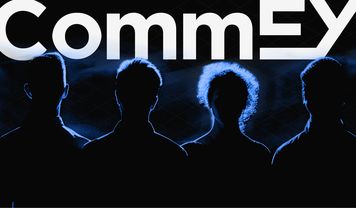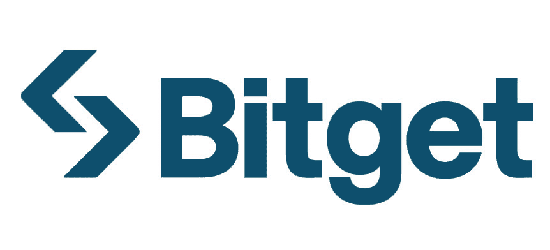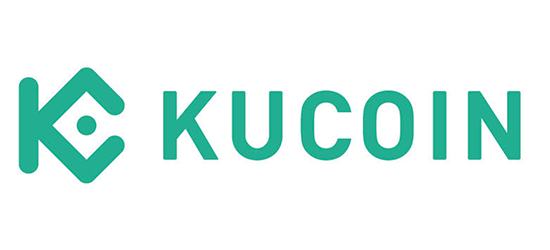
Bitcoin NFTs: Why it's a Hot Topic
We explain how to create Bitcoin NFTs, why they became popular and how they work
NFT assets, which are best known as Ethereum-based tokens, are unique digital collectibles. Those can take many forms, from images, audio, and video stored on a blockchain to p2e-game digital assets and metaverse lands or other collectibles. The NFT space became popular in 2021, and the Ethereum network has become home to many projects.
But why Ethereum? Why choose the second-largest blockchain network? You may also be wondering, what's wrong with the Bitcoin network?
The Bitcoin NFT mint was considered an impractical idea for many reasons. Bitcoin was designed to store and transfer BTC digital currency, not to store data such as images, videos, music, and other formats that are commonly used to create NFTs... which Ethereum might boast. That means it can't automatically perform the given actions required to create and trade NFTs. But that was the case until recently...
Wait a minute, so it turns out that Bitcoin NFTs are possible? Does this mean that there have been significant changes to the Bitcoin protocol? Yes and yes.
Ordinals is a new era of Bitcoin evolution
On January 21, 2023, programmer and crypto-enthusiast Casey Rodarmor launched the Ordinals protocol on the Bitcoin network. The innovation allows minting Bitcoin NFTs. How? Each Bitcoin is broken down into 100,000,000 units called satoshi. Ordinals allow users who manage Bitcoin nodes to put data into each satoshi, creating something called an Ordinal. This data can include smart contracts that allow the use of NFT. Roughly speaking, Ordinals are NFTs that can be minted directly on the Bitcoin blockchain.
However, the processes of creating NFTs on Ethereum and creating NFTs on the Bitcoin network are different. This explains why this revolutionary innovation has caused a lot of misunderstanding about how to mint Bitcoin NFTs (only a few hundred thousand Ordinals have been created so far).
How to buy Ordinals?
Get a Wallet
Uncommon Ordinals require a special digital wallet for storage. Commonly used MetaMask and Trust Wallet are not a good fit for Ordinals, because these wallets do not support the Bitcoin network. Recently, Web3 developers introduced new crypto wallets that were created with Ordinals support in mind. For example, Hiro Wallet, Ordinals Wallet, and Xverse.
Choose the best way to get Ordinals
At this point, there are several ways a user can get Ordinals. From running their own Bitcoin node to finding the owner of Ordinals. The latter method is the easiest and most popular. Enthusiasts have created the Discord channel in order to find sellers or projects to exchange Ordinals. At the moment, this is the only way to buy/sell tokens directly. It is possible that shortly, there will be a separate secure exchange.
What is the difference between Ordinals and NFTs?
Ethereum-based NFTs point to off-chain data in the IPFS file system. It is a decentralized data storage system... which can be changed using metadata. For example, the creator of a project can update the metadata of its NFTs to improve the quality of the image. This concept presents a significant drawback to NFTs. And Casey Rodarmor felt the same way.
The programmer tried to eliminate this flaw to make perfect tokens out of incomplete NFTs. That's how Ordinals came about, whose data is written directly on the blockchain. And we know that any blockchain data cannot be changed.
Calling his creation a "digital artifact" rather than a Bitcoin-based NFT, Rodarmor also eliminated the possibility of royalties, explaining that this reflects what NFTs were originally intended to be: a digital proof of ownership that cannot be faked. Ordinals could be a leap forward for the Bitcoin network, as well as improving the entire NFT space.
Bright NFT projects leave their ancestral home
Ordinals rapidly gained massive popularity, with headlines appearing in the news agenda just a few weeks after the protocol's launch, detailing various projects that had either partially or completely migrated to Ordinals. Whether the hype around the protocol is due to its revolutionary approach or the developer was lucky in timing the launch is unknown. However, first projects which decided to go to the Bitcoin network were popular Solana based platforms... which had already been struggling for several months to stay afloat amidst the FTX collapse, unknowingly dragging not so much the SOL price, but the NFT space.
DeGods, a popular collection on Solana, announced after the collapse of FTX that it was migrating its project to the Ethereum network. And with the introduction of Ordinals, burned about 500 of its tokens to later move them into the Bitcoin space.
When @DeGodsNFT launchs something, BTC pumps. It is more clear that @frankdegods is somehow in relation to Satoshi Nakamoto. https://t.co/o3AQDRklw7 pic.twitter.com/gaSToMy9fA
— capi.lll.arygap (@capillarygap) March 17, 2023
CryptoPunks, which lives on the Ethereum network, also burned and transferred about 650 tokens to the Bitcoin blockchain. And after this success, Yuga Labs, which is home to both CryptoPunks and the trendy BAYC, created a stand-alone TwelveFold collection on Bitcoin. This shows a huge level of confidence in the new protocol, especially with Yuga Labs' scale of influence in the entire NFT space.
The new era is not to everyone's liking
Despite the significant acceptance of popular NFT projects, not everyone is happy with the new concept of NFT, based on Bitcoin. Real OGs of the Bitcoin space say that the network was designed only to store and transfer Bitcoin. In their opinion, the new protocol only "clogs up" the network, as it can increase the size of blocks and slow down the speed of transactions. Bitcoin already faces a scaling problem due to block size limitations, and NFT can only make that situation worse.
Another argument they cite is the existence of other networks such as Ethereum or Solana, which are ideal for rolling out NFT projects because they were originally designed to create smart contracts and NFTs. These blockchains have great flexibility and scalability for processing such transactions. However, the creator of Ordinals hastened to assure that he had foreseen all kinds of weaknesses in advance and excluded them.
Conclusion
Despite the unfolding debate, it is impossible not to admit that Ordinals has been a huge step forward in the development of the Bitcoin network. It is worth understanding that the protocol has only been around for a few months at most, which means that changes and improvements to the protocol are yet to come. And many in the NFT space understand this notion and actively support the idea of Bitcoin-based NFT. And those who deny the practical existence and use of Ordinals should be reminded that the idea of Bitcoin was once out of the box.























